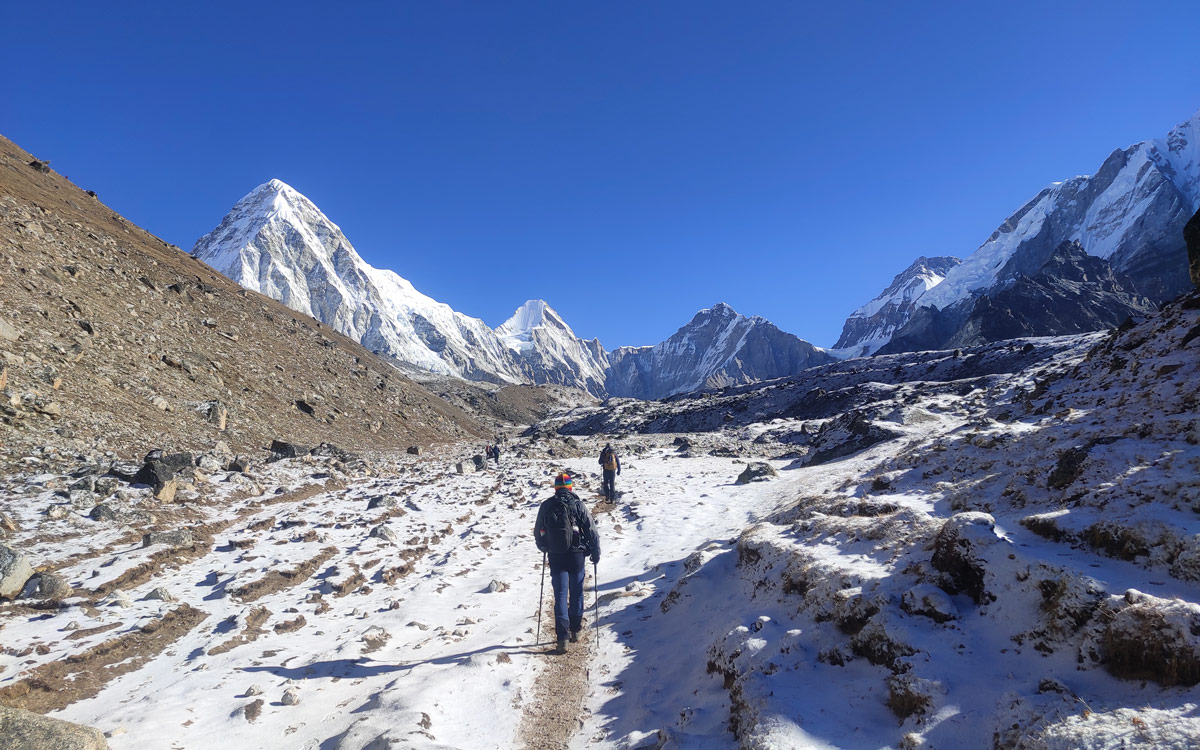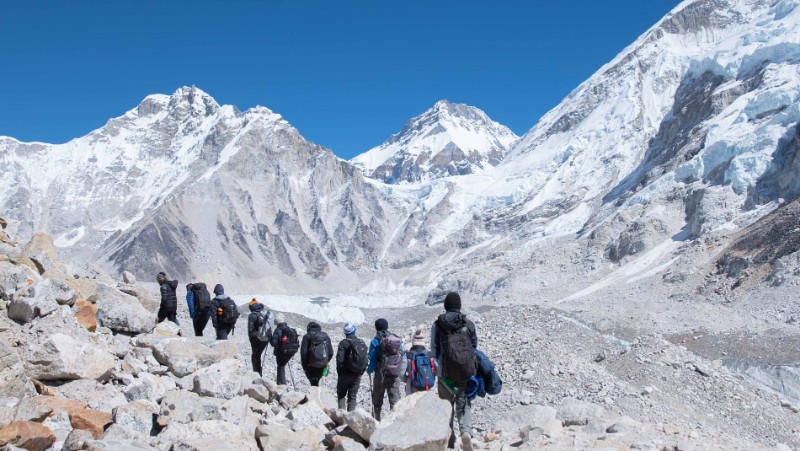The Impact of Climate Change on Tanjung Puting National Park Ecosystem
Kalimantan Tanjung Puting National Park, located in Central Kalimantan, Indonesia, is a vital conservation area that supports a rich variety of wildlife and ecosystems. However, like many natural habitats around the world, Kalimantan Tanjung Puting National Park faces significant challenges from climate change. The changing climate threatens to disrupt the delicate balance of this unique rainforest, peat swamp, and mangrove ecosystem, posing risks to both biodiversity and local communities.
One of the primary impacts of climate change on Kalimantan Tanjung Puting National Park is the alteration of rainfall patterns. The park’s tropical rainforest depends heavily on consistent rainfall to maintain its lush vegetation and support its many species. Changes in the timing, intensity, and amount of precipitation can cause droughts or flooding, both of which can damage plant life and reduce food availability for animals. Extended dry seasons increase the risk of forest fires, which can devastate large areas of the park.
Peat swamp forests, a significant part of Kalimantan Tanjung Puting National Park, are particularly vulnerable to climate change. These peatlands store massive amounts of carbon in their waterlogged soils, playing an essential role in mitigating global warming. However, prolonged dry periods caused by changing climate conditions can cause peatlands to dry out and become susceptible to fires. When peat burns, it releases huge quantities of carbon dioxide, contributing further to climate change in a dangerous feedback loop.
Wildlife in Kalimantan Tanjung Puting National Park is also affected by climate change. Many species, such as the endangered Bornean orangutan, rely on stable habitats and predictable food sources. Changes in temperature and precipitation can alter fruiting cycles of trees and availability of food, forcing animals to migrate or face nutritional stress. Additionally, altered habitats may expose wildlife to new diseases or increase competition among species.
The park’s aquatic ecosystems, including rivers and mangroves, are not immune to climate change impacts. Rising temperatures and altered rainfall can change water levels, affecting fish populations and the health of mangrove forests. Mangroves provide critical nursery habitats for many aquatic species and protect shorelines from erosion. Their decline would have ripple effects throughout the ecosystem and local fisheries.
Efforts to address climate change impacts in Kalimantan Tanjung Puting National Park involve both mitigation and adaptation strategies. Protecting and restoring peatlands is a high priority, as healthy peat swamp forests act as carbon sinks and reduce the risk of fires. Reforestation projects and sustainable land management help maintain forest cover, which supports biodiversity and helps regulate local climate conditions.
Community involvement is crucial in climate resilience efforts. Local communities surrounding Kalimantan Tanjung Puting National Park often depend on natural resources for their livelihoods and are directly impacted by environmental changes. Programs that promote sustainable agriculture, fire prevention, and alternative income sources reduce pressure on the park’s ecosystems and enhance community resilience.
Scientific research plays a vital role in understanding and managing climate change effects. Continuous monitoring of weather patterns, forest health, and wildlife populations provides valuable data for park authorities and conservationists. This information helps develop adaptive management plans that can respond to changing conditions more effectively.
International cooperation and funding are also essential for supporting climate change initiatives in Kalimantan Tanjung Puting National Park. Partnerships with global environmental organizations and governments enable access to technical expertise and financial resources necessary for large-scale conservation and restoration projects.
In conclusion, climate change poses serious challenges to the ecosystems of Kalimantan Tanjung Puting National Park. Its impact on rainfall, peatlands, wildlife, and aquatic systems threatens the park’s biodiversity and the well-being of surrounding communities. Through combined efforts in conservation, research, community engagement, and international collaboration, it is possible to mitigate these effects and help ensure the long-term survival of this critical national park and its natural treasures.

